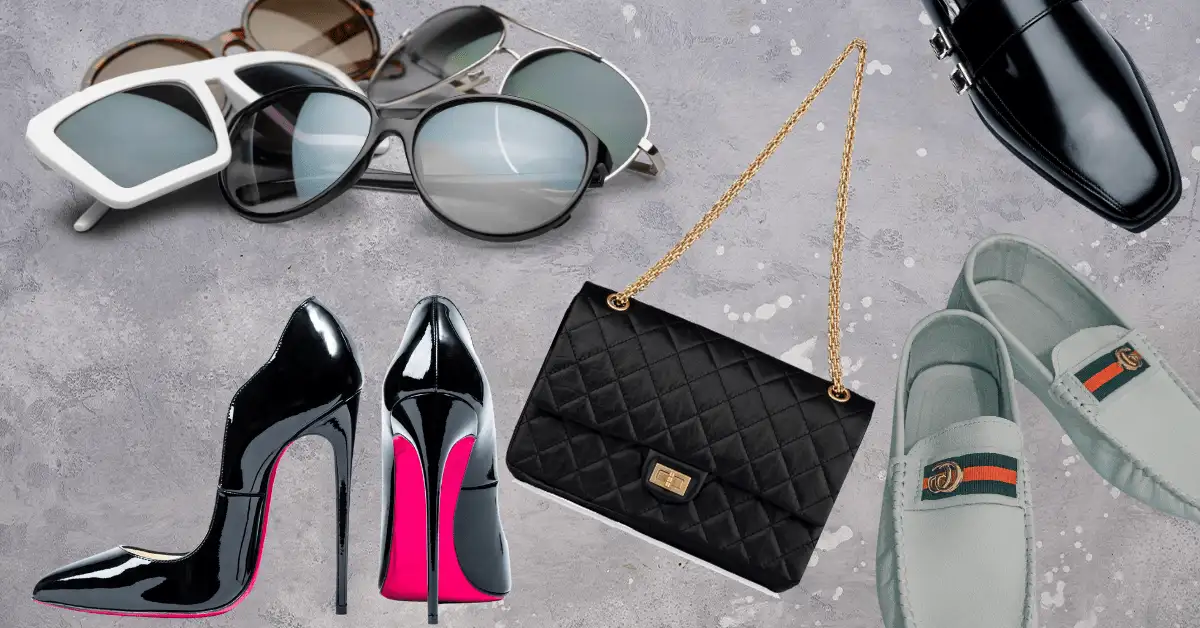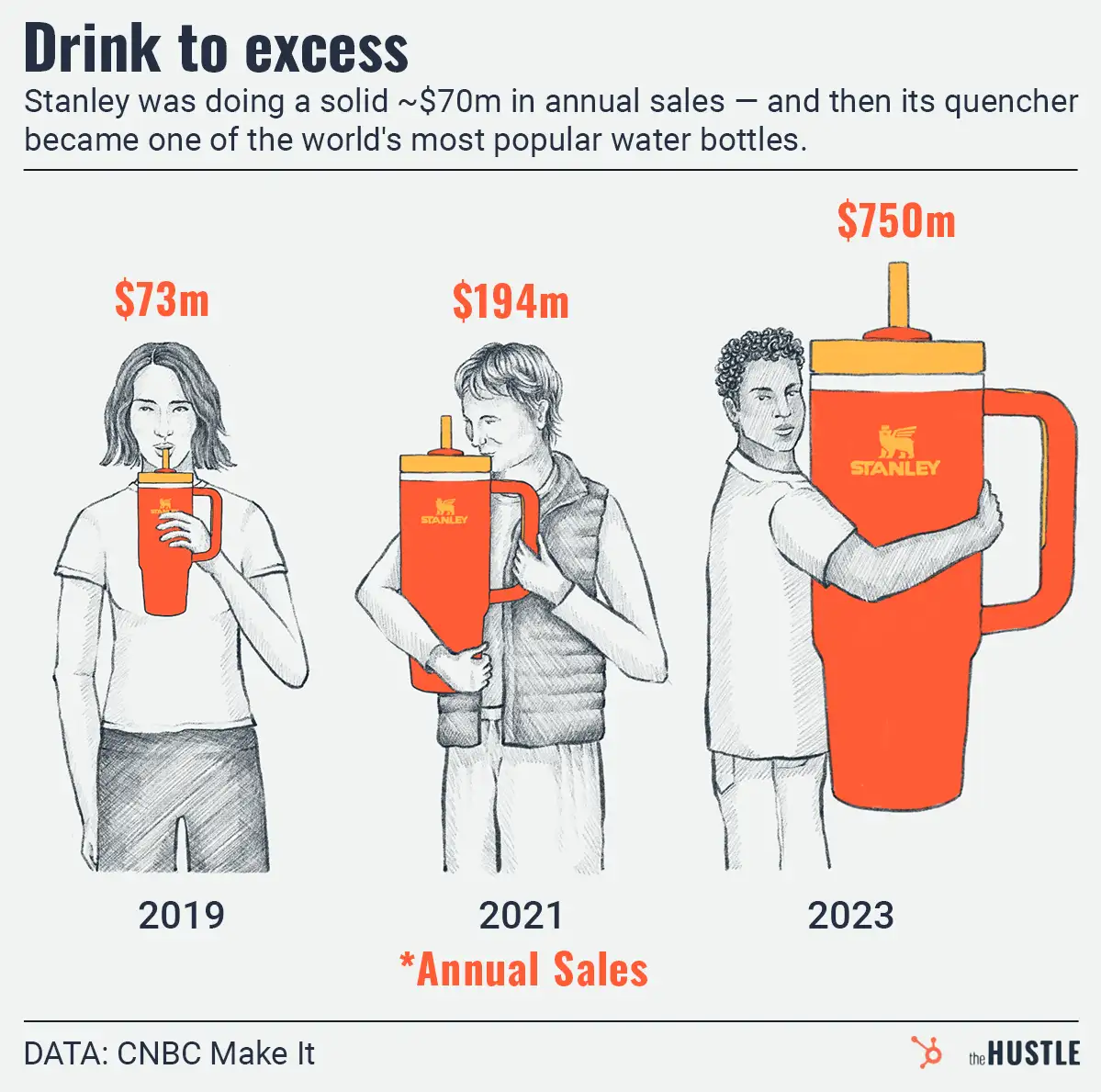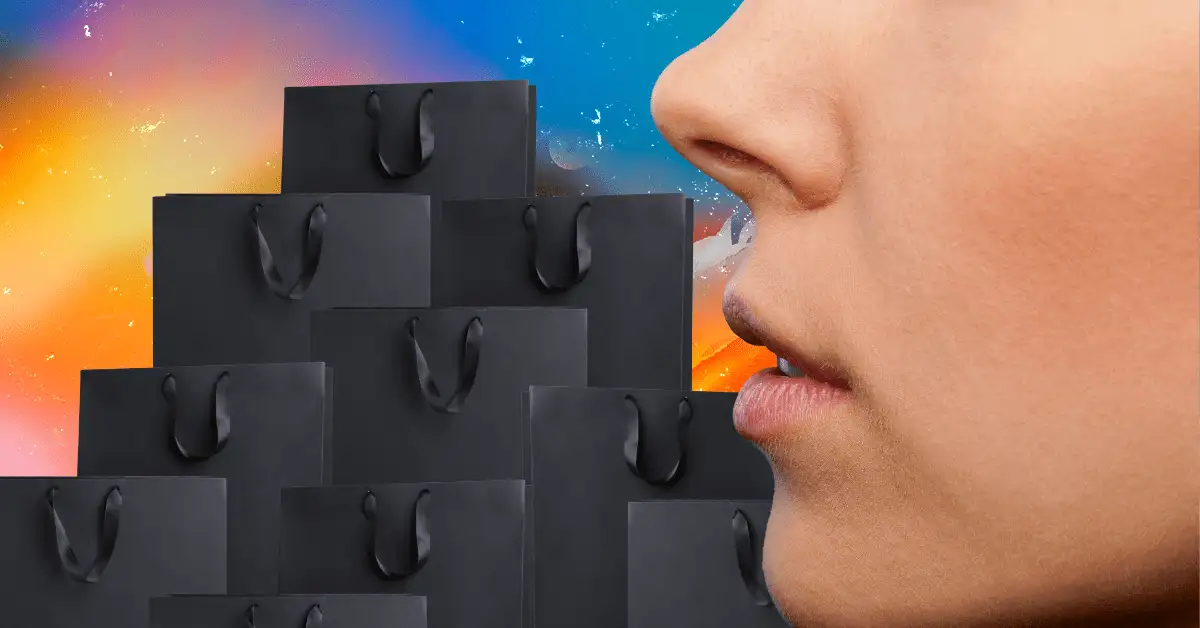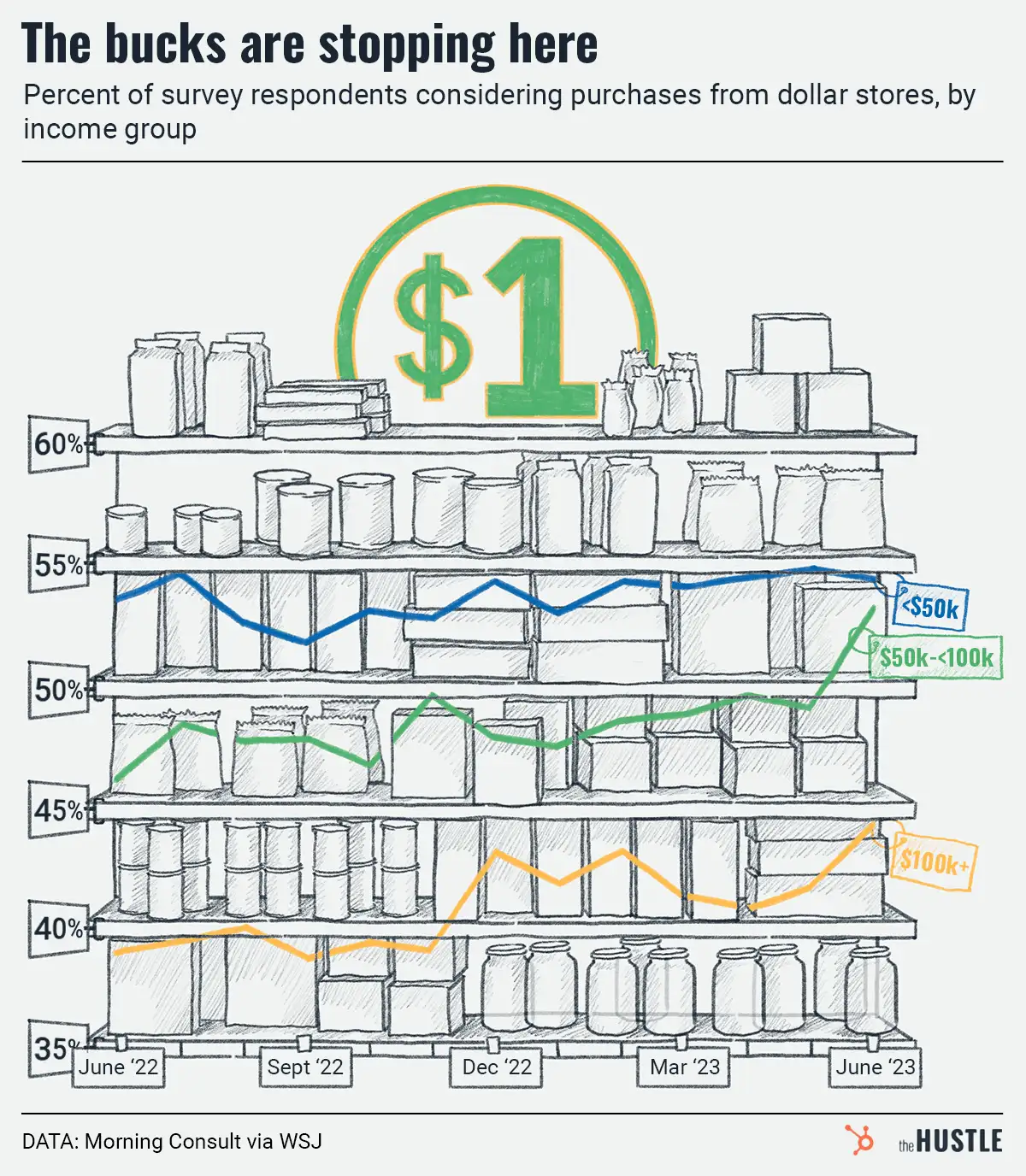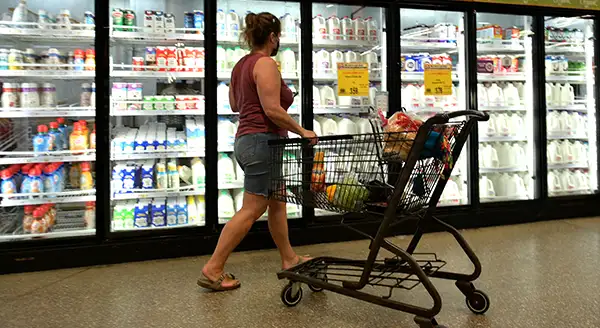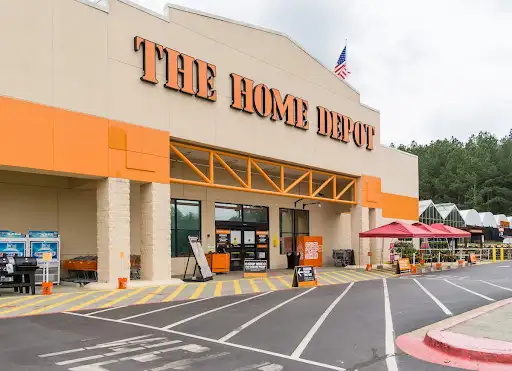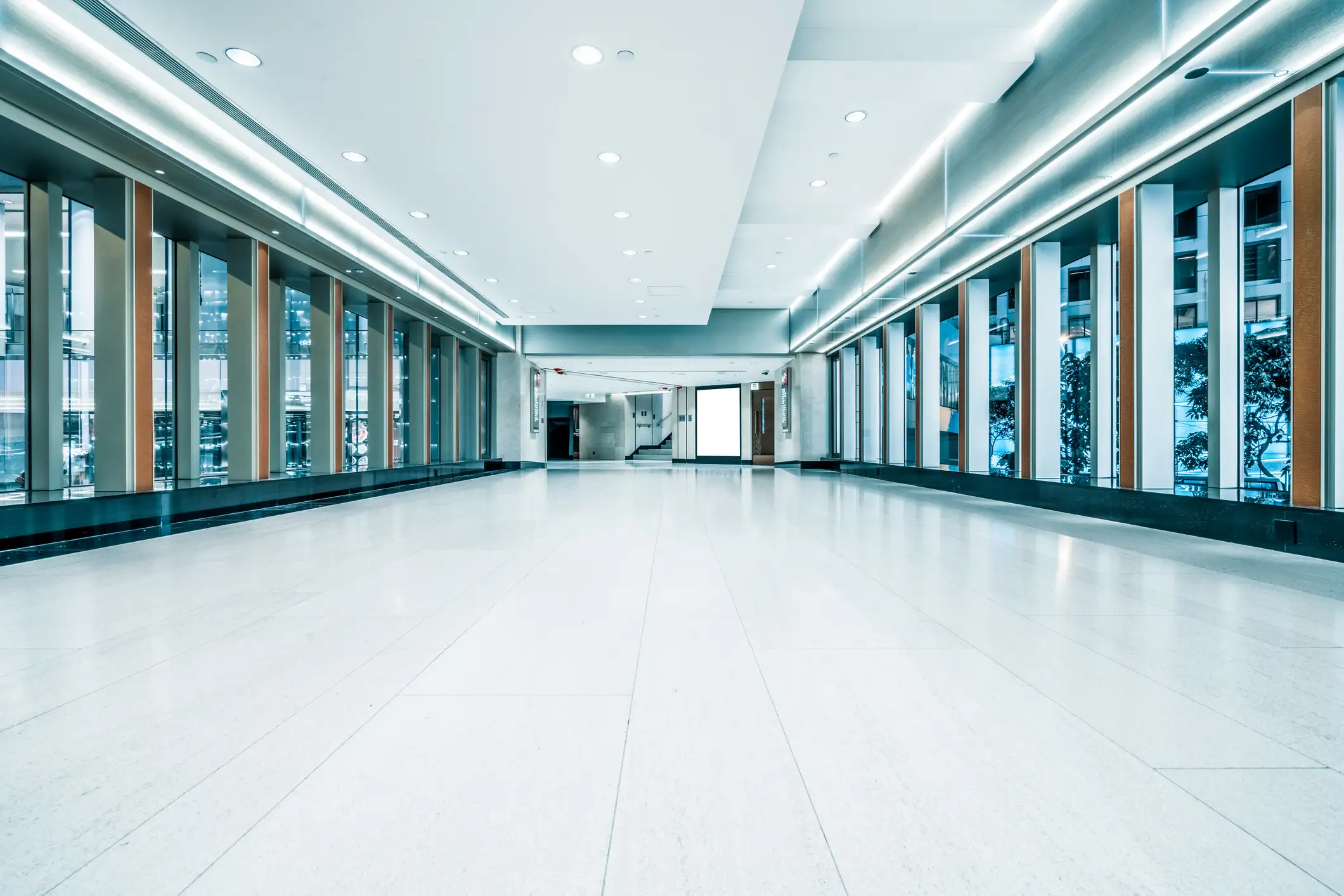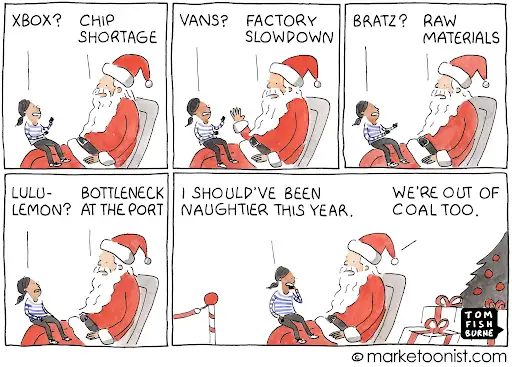Remember the good ol’ days of meeting your friends at the mall to grab a smoothie and get asphyxiated by cologne at Hollister?
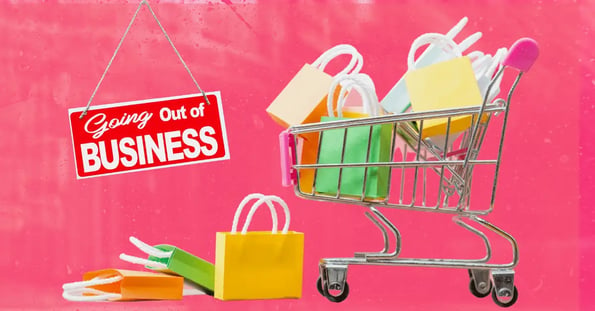
We sure do — it was a pivotal coming-of-age experience.
Sadly, today’s teens won’t undergo their formative life moments among Lush bath bombs, because “going shopping” is no more.
Per Vox, the nostalgic pastime has been damaged by a slew of factors:
- Extreme theft-prevention measures in stores mean many items are locked up, leaving customers waiting for assistance.
- Inventory issues, supply chain woes, and reduced foot traffic have led to sparser shelves.
- The retail industry, which can be physically and mentally taxing, is facing a labor shortage.
- Understaffing can lead to long lines and strained customer service.
All of these changes have left us with a shopping experience that’s downright subpar.
And now, the outlook for your favorite strip mall is grim: UBS estimates 40k-50k retail stores will close in the next five years.
Even before the pandemic…
… brick-and-mortar stores were closing. And covid only made consumers more reliant on online shopping.
In 2021, Amazon unseated Walmart as the No. 1 apparel retailer in the US and ecommerce boomed.
The shift means less foot traffic in stores, but also decreased dwell time, a KPI that measures how long shoppers stay in a store; the longer they’re inside, the more they spend.
Shopping isn’t entirely extinct…
… It’s just different. Many consumers still prefer to shop in person (particularly for things like groceries).
But, when they do travel to a store, people want it to feel more like an outing and less like an errand.
In turn, more brands are adopting experiential retail practices — from upgraded store designs to traveling exhibits and pop-ups — to lure shoppers inside.
So hold out hope for shopping, and hold on tightly to those Auntie Anne’s pretzel bites, lest they ever try to take them away.
bc75.jpg)
